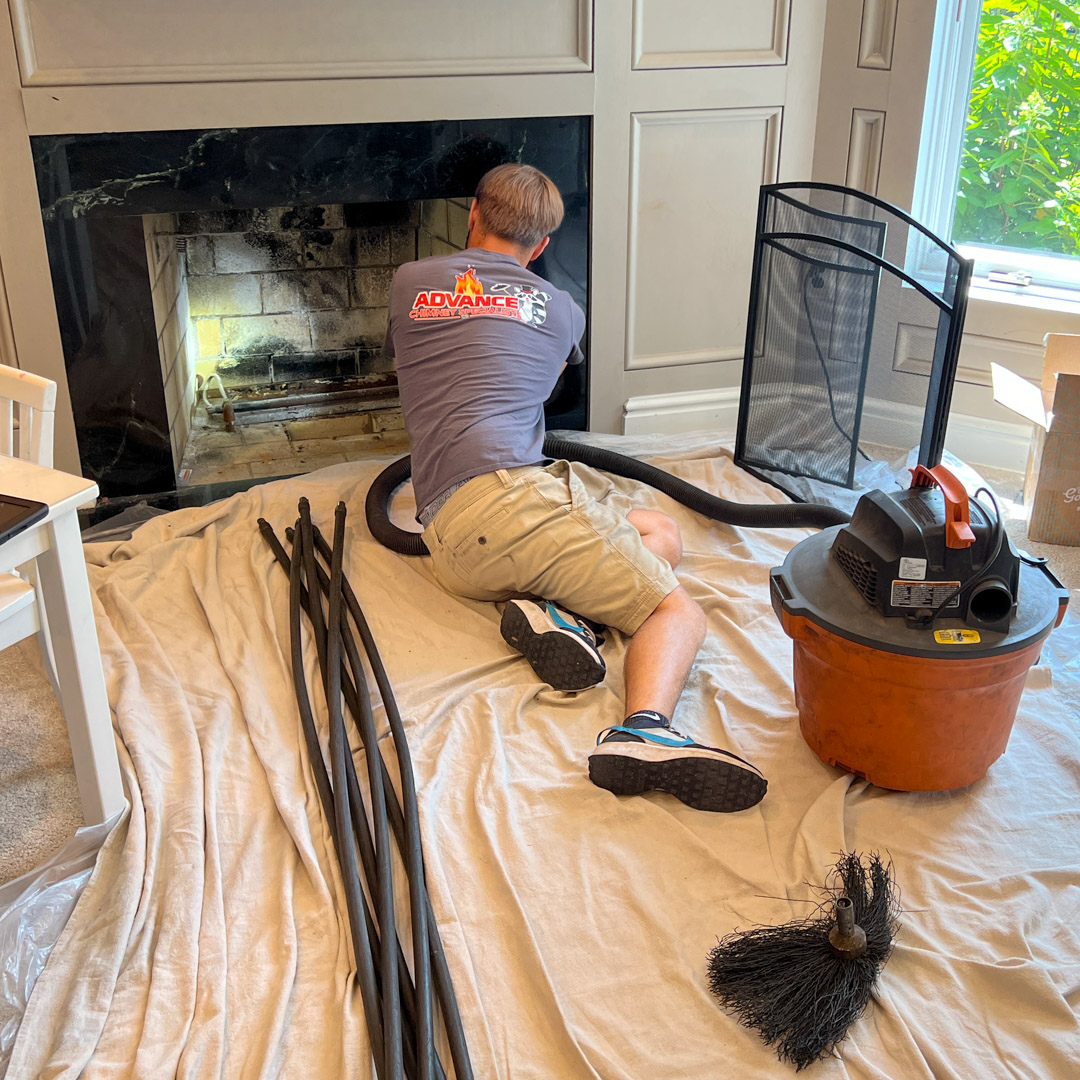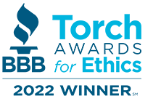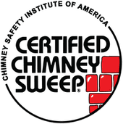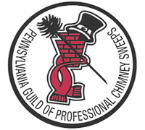
Why Chimney Cleanings Are So Important
Try to imagine your chimney as the lungs of your home. If your chimney is obstructed or blocked up with a bird’s nest, raccoon’s nest, or brick, your chimney will not be able to breathe, which will result in carbon monoxide being released into the home.
The byproduct of burning wood is creosote, which is highly flammable – so, even with normal cleaning and maintenance of the chimney, there is still the potential for a chimney fire to occur. However, the predominant factor in determining how bad the fire will be is the intensity of the chimney fire. And obviously a cleaner chimney will most certainly burn less intensely than a chimney that has not been cleaned at all.
The main objective when burning wood is to get as close to complete combustion as possible. Avoid burning pine, wet, or green wood because this will cause incomplete combustion and allow tar droplets and substantial creosote to form on the interior walls of the flue. If the creosote is ignited, it can burn at a temperature of up to 2,100 degrees F, and with much intensity.
Dos & Don’ts of Chimney & Fireplace Use
ALWAYS have your chimney inspected annually and swept as necessary to reduce the risk of a chimney fire and carbon monoxide-related incidents. Whether you have a fireplace, wood stove, hot water tank, gas furnace, or oil furnace that utilizes the chimney, all venting systems require annual inspections and maintenance, cleaning, and repair from time to time.
ALWAYS warm up your flue prior to starting a fire in the fireplace. Warming your flue will help to improve your draw and reduce smoke backup in the home.
ALWAYS use hardwoods such as oak and cherry when building your fire. These woods burn very hot and you get more complete combustion, which means less smoke, less tar droplets/creosote, and a reduction in chimney fire risk.
NEVER burn pine or wet wood. These woods have a high moisture content and tend to smolder, producing a lot of smoke. This incomplete combustion leaves tar droplets and flammable creosote deposits behind in your chimney system.
NEVER burn garbage in your fireplace. The fumes from wrapping paper and other trash could be toxic. These products could also send sparks up the chimney and ignite existing creosote deposits. Chimney fires can burn in excess of 2,100 degrees, causing costly damage and serious danger in very little time.
NEVER use petroleum-based fuel to light a fire. This could easily engulf your entire home in flames in just a matter of seconds.
Have any questions about how to reduce fire risk while using your fireplace? Give us a call. We’re here to help!
When you read our reviews from satisfied customers, you will see more benefits of the information in our Customer Corner.







